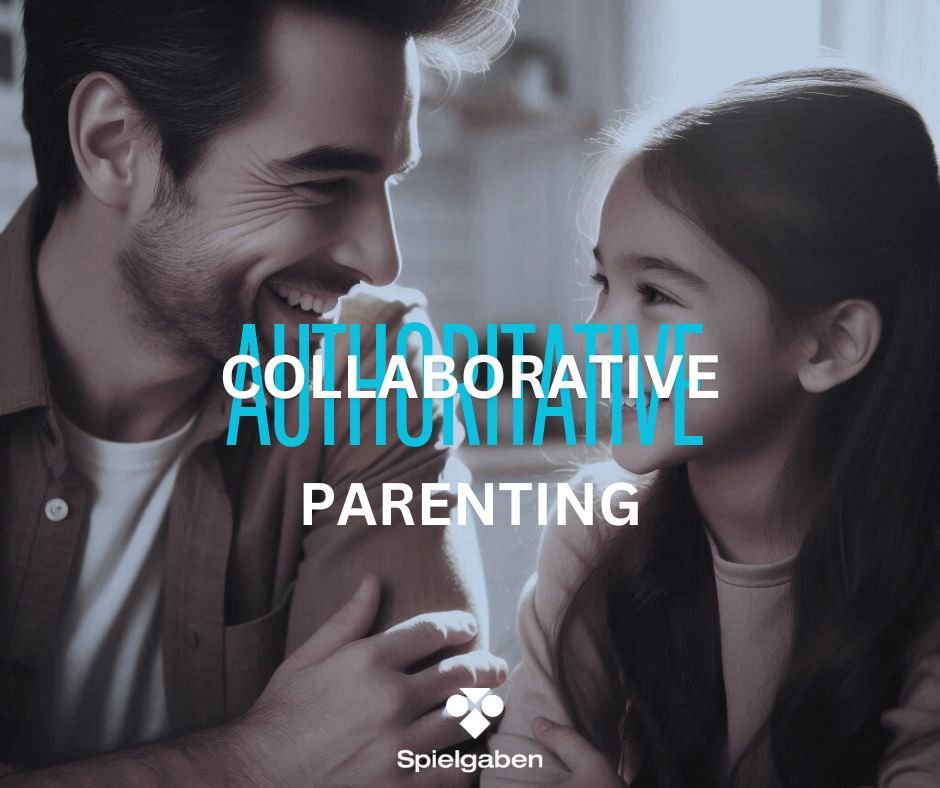Unlocking the Potential of Collaborative Parenting: A Guide for Parents
Comparing Authoritarian, Authoritative, and Collaborative Parenting Styles
Modern parenting advice often emphasizes the need for parents to set firm boundaries for their children, dictating bedtime, dietary habits, and other daily routines.
The belief is that without firm control, children will take over the household. But does more parental control necessarily lead to better parenting?
The truth is more nuanced. While some structure is beneficial, excessive control can harm a child’s mental health.
This article delves into the advantages of authoritative and collaborative parenting styles, providing actionable ideas for parents to incorporate these approaches into daily life.
The Evolution of Parenting Styles
In 1971, developmental psychologist Diana Baumrind conducted a landmark study on families with preschool-aged children.
She identified significant differences between authoritative and authoritarian parenting styles. Authoritarian parenting emphasized inflexibility and constant obedience, whereas authoritative parenting, though firm, was characterized by positivity and open communication.
Baumrind’s research found that authoritative parenting led to independent, focused behavior and a greater sense of responsibility in children.
A follow-up study in 1991 revealed that children raised with authoritative parenting were less likely to engage in drug use during adolescence.
The Rise of Collaborative Parenting
While authoritative parenting has proven benefits, collaborative parenting might offer even more. This style involves working with the child to accomplish tasks, rather than merely dictating what should be done.
For example, instead of choosing a color for their child’s bedroom and instructing them on painting, a collaborative parent would decide on the color together and then select the appropriate paint brushes as a team. This approach gives the child a sense of agency and makes them feel like a collaborator rather than just a worker.
Research supports the effectiveness of collaborative parenting. A study found that even three-year-olds understand the concept of partnership and can appreciate others’ viewpoints. This early comprehension sets the stage for collaborative parenting to be introduced at a young age.
Benefits of Collaborative Parenting
There are numerous benefits of collaborative parenting and here are 5 main benefits that many parents who implement this parenting style found out.
1. Enhanced Problem-Solving Skills: Children involved in decision-making processes learn to analyze situations, consider different perspectives, and come up with solutions.
2. Increased Self-Esteem: When children are treated as collaborators, they feel valued and respected, boosting their self-confidence.
3. Improved Communication Skills: Collaborative parenting encourages open dialogue, helping children articulate their thoughts and listen to others.
4. Stronger Parent-Child Relationship: Working together on tasks strengthens the bond between parents and children, fostering trust and mutual respect.
5. Greater Responsibility: Children who are part of decision-making processes learn to take ownership of their actions and understand the consequences of their choices.
Daily Actionable Ideas for Collaborative Parenting
1. Involve Your Child in Household Decisions
– Meal Planning: Instead of deciding the menu alone, ask your child for input. Discuss healthy options and let them help in meal preparation.
– Chores: Create a list of household chores and let your child choose which ones they would like to do. This gives them a sense of control and responsibility.
– Family Activities: When planning outings or family activities, include your child in the decision-making process. This encourages them to express their preferences and interests.
– Bedtime Routine: Instead of enforcing a strict bedtime, involve your child in creating a bedtime routine that works for both of you. Discuss the importance of sleep and agree on a time that allows for winding down activities, such as reading together.
2. Create Collaborative Learning Opportunities
– Homework Help: Rather than dictating how homework should be done, sit with your child and work through the problems together. Encourage them to ask questions and think critically.
– Project-Based Learning: Engage in projects that interest your child, whether it’s building a model, starting a garden, or creating art. Work on these projects together, allowing your child to take the lead at times.
3. Foster Open Communication
– Family Meetings: Regularly hold family meetings where everyone can discuss their thoughts, concerns, and ideas. Ensure that your child feels heard and valued during these discussions.
– Active Listening: Practice active listening by giving your child your full attention when they speak. Validate their feelings and encourage them to share their thoughts.
– Conflict Resolution: When conflicts arise, use them as opportunities to teach problem-solving and negotiation skills. For example, if siblings are arguing over a toy, guide them in finding a fair solution together.
4. Encourage Independence with Guidance
– Goal Setting: Help your child set personal goals and create a plan to achieve them. Check in regularly to offer support and celebrate their progress.
– Problem-Solving: When your child faces a challenge, guide them through the problem-solving process instead of offering immediate solutions. Ask questions that encourage them to think critically and explore different options.
5. Promote Emotional Intelligence
– Emotion Coaching: Teach your child to recognize and label their emotions. Discuss appropriate ways to express and manage these feelings.
– Empathy Building: Encourage your child to consider others’ perspectives and feelings. Role-playing scenarios can be an effective way to develop empathy.
Conclusion: Embracing Collaborative Parenting
Parenting is a complex and ever-evolving journey. While setting boundaries and maintaining structure are important, integrating collaborative parenting can significantly enhance your child’s development. By involving your child in decision-making processes, fostering open communication, and encouraging independence, you can build a strong, trusting relationship that promotes their emotional and mental well-being.
Collaborative parenting is not about relinquishing control but about creating a partnership where your child feels valued and respected. This approach can lead to more confident, responsible, and empathetic individuals, equipped to navigate the challenges of life with resilience and grace.
Remember, it’s never too early or too late to start collaborative parenting. Begin with small steps, gradually incorporating these principles into your daily routine.
The benefits for both you and your child will be profound and long-lasting. Embrace the journey of collaborative parenting and watch your child thrive.













Comment (1)
[…] strategies that prioritize unity and effective communication. A successful approach includes collaborative parenting strategies and teamwork between parents and stepparents, helping to create a harmonious family […]